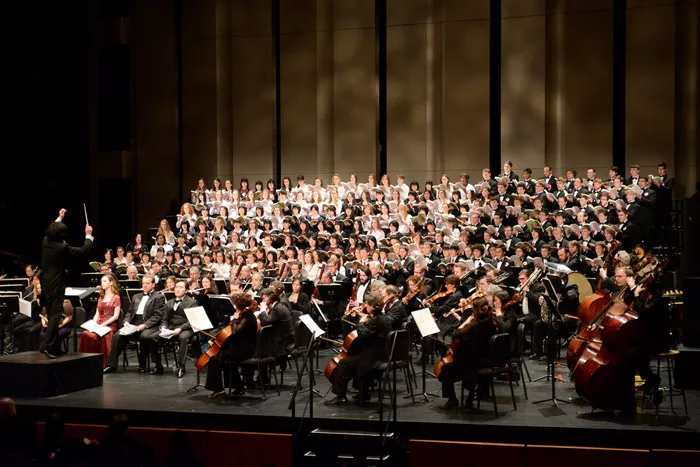Antonio Vivaldi, a name synonymous with Baroque music, stands as one of the most influential composers of his time and a pillar of classical music history. His compositions, known for their vibrant melodies, intricate harmonies, and innovative structures, have left an indelible mark on the world of music. In this article, we delve into the essence of Vivaldi’s classical music, exploring its characteristics, influences, enduring legacy, and why it continues to captivate audiences centuries after his lifetime.
Early Life and Influences
Born on March 4, 1678, in Venice, Italy, Antonio Lucio Vivaldi showed prodigious musical talent from a young age. His father, Giovanni Battista Vivaldi, recognized his son’s abilities and trained him in violin playing. This early exposure to music laid the foundation for Vivaldi’s future as a composer and virtuoso violinist.
Vivaldi’s musical education continued under the tutelage of renowned composers of the time, including Giovanni Legrenzi and Francesco Gasparini. These influences, coupled with Vivaldi’s innate creativity, shaped his unique musical style characterized by expressive melodies, rhythmic vitality, and harmonic richness.
The Four Seasons: A Masterpiece Unveiled
Among Vivaldi’s vast repertoire, “The Four Seasons” stands out as a pinnacle of his achievements. Composed around 1720, this set of four violin concertos depicts the changing seasons with remarkable detail and emotional depth. Each concerto, accompanied by sonnets possibly written by Vivaldi himself, evokes the sights, sounds, and moods of spring, summer, autumn, and winter.
“The Four Seasons” showcases Vivaldi’s mastery of program music, a style that tells a story or portrays imagery through music. From the joyful melodies of birds in spring to the icy winds of winter, Vivaldi’s evocative compositions continue to resonate with listeners worldwide, transcending time and cultural boundaries.
Notable Compositions
Aside from “The Four Seasons,” Vivaldi composed a vast repertoire of instrumental and vocal music. Some of his notable works include:
Concerto for Two Violins in A minor, RV 522: A lively and virtuosic concerto showcasing Vivaldi’s skill in writing for multiple soloists.
Gloria in D Major, RV 589: A sacred choral work with uplifting melodies and majestic choruses, demonstrating Vivaldi’s versatility in vocal composition.
L’estro armonico (Harmonic Inspiration), Op. 3: A collection of twelve concertos for various solo instruments, highlighting Vivaldi’s exploration of diverse instrumental combinations and techniques.
Vivaldi’s Musical Style
Vivaldi’s classical music style is characterized by several key elements that define his compositions:
Expressive Melodies: Vivaldi’s melodies are rich in emotion, ranging from exuberant and playful to introspective and melancholic. His use of ornamentation and virtuosic passages for the violin adds depth and drama to his music.
Rhythmic Vitality: The rhythmic drive in Vivaldi’s music is infectious. He often employs rhythmic patterns such as rapid repeated notes (known as “tremolo”) and syncopation to create energy and momentum.
Harmonic Richness: Vivaldi’s harmonic language is both inventive and sophisticated. He explores a wide range of tonalities and chord progressions, creating harmonic tension and resolution that enhance the emotional impact of his compositions.
Contrast and Drama: A hallmark of Vivaldi’s style is the use of contrast and dramatic shifts within a piece. He juxtaposes sections of varying tempos, dynamics, and textures, keeping listeners engaged and emotionally invested.
Vivaldi’s Influence and Legacy
Vivaldi’s impact on classical music extends far beyond his own lifetime. His compositions, once popular during the Baroque era, experienced a revival in the 20th century, thanks in part to the efforts of musicians such as violinist Fritz Kreisler and conductor Herbert von Karajan.
The enduring popularity of “The Four Seasons” and other works like “Gloria” and “Concerto for Two Violins in A Minor” continues to inspire musicians across genres. Artists from diverse backgrounds, including classical, jazz, and even rock, have reinterpreted Vivaldi’s music, adding new dimensions to his timeless compositions.
Conclusion
In conclusion, Vivaldi’s classical music transcends the boundaries of time and genre, captivating audiences with its beauty, depth, and emotional resonance. His legacy as a composer, violinist, and innovator continues to inspire generations of musicians and listeners alike, ensuring that his music remains an integral part of the classical music canon.
Through his expressive melodies, rhythmic vitality, and harmonic richness, Vivaldi has left an indelible mark on the world of music, reminding us of the enduring power of artistic expression and the timeless beauty of classical music.

